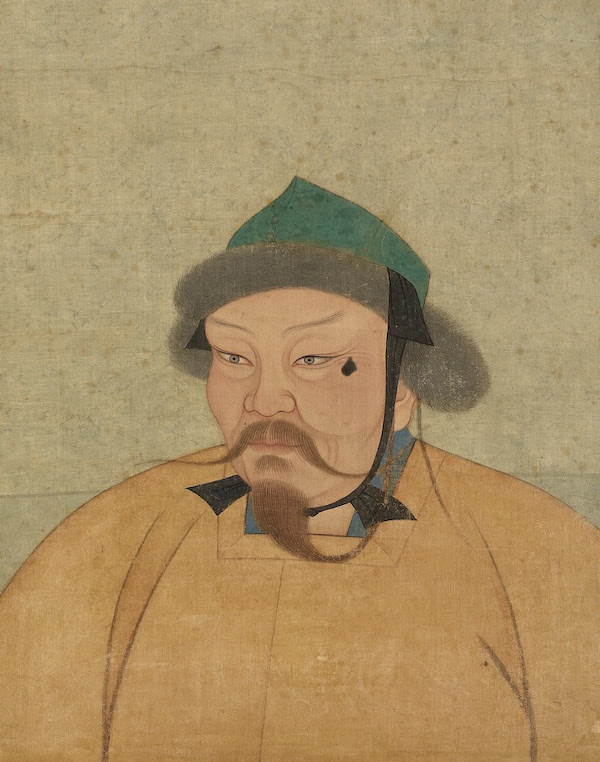Of chains and Old Sinitic reconstructions
[This is a guest post by Rhona Fenwick]
Though best-known for its titanic consonantal inventory, Ubykh also has an etymologically fascinating vocabulary, heavy with loans from a diverse array of sources. Many of these are drawn from the indigenous lexicons of its Circassian and Abkhaz sisters, but Circassian and Abkhaz both also acted as proxies by which Ubykh became a linguistic placer deposit of sorts, receiving substantial loan strata from millennia of the ebb and flow of Kartvelian, Turkic, Mongolic, Semitic, and Indo-European cultural tides. More recently the Ubykh nation’s exodus from their homeland and subsequent exile in Anatolia, following extensive genocides at the end of the Great Caucasian War (Ubykh: Adəɣaʁʷərda ‘the Rape of Circassia’), added yet another layer of complexity and invested the language with loans from whole new branches of Indo-European, Turkic, and Semitic. This makes compiling an Ubykh etymological dictionary a complex and challenging project, and while engaged in it I’ve often found myself having to track etymologies along paths that lead deep into other language stocks entirely. This post began as a question to Victor Mair while I was playing bloodhound along one such trail, and it was on his suggestion that I reworked it into a post for LL. Thank you for having me!
Read the rest of this entry »
